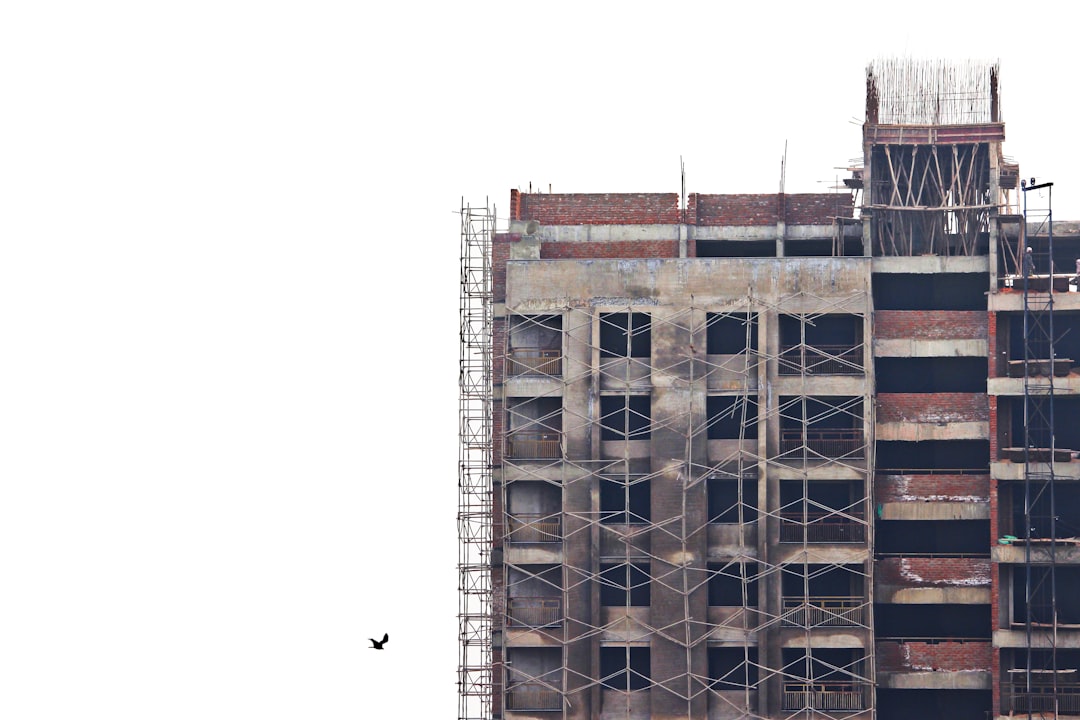
When a framer, electrician or roofer asks “how do I upload?” they are really asking “how do I get paid faster?” In residential construction the clock never stops ticking. The quicker you feed your drawings, photos and supplier invoices into CountBricks, the sooner our AI turns them into an iron-clad estimate, a detailed task list and a branded client proposal. This article walks you through the exact steps—plus pro tips—to keep your paperwork flowing and your crew onsite.
• PDFs of architectural plans, engineered details and product sheets
• High-resolution JPG or PNG site photos and progress shots
• XLSX or CSV cost schedules exported from your supplier portal
• DWG or DXF drawings for AI blueprint takeoffs
• DOCX or RTF scope documents for proposal generation
Pro Tip: Combine repeat details—such as window schedules—into a single PDF to minimize upload time.
1. Name files clearly—“Lot12-FramingPlan-RevB.pdf” is easier to recall than “scan005.pdf”.
2. Check file size. CountBricks handles files up to 500 MB, but we recommend keeping each under 100 MB for faster cloud syncing.
3. Verify scale. For blueprint PDFs, confirm the printed scale so CountBricks AI can calculate accurate quantities.
4. Scan or photograph in good lighting. Clear images help the platform identify objects and notes.
5. Store everything in a project folder—then drag the entire folder into CountBricks for batch uploading.
1. Log in and open your project dashboard.
2. Click the Documents & Images tab.
3. Select Add Files, or simply drag files onto the blue upload zone.
4. Choose Blueprint, Photo, or Cost Sheet so our AI applies the right parsing logic.
5. Hit Start Upload. A progress bar shows real-time status.
6. While uploading, enter optional tags like “foundation” or “kitchen millwork” to keep your library searchable.
7. When complete, CountBricks AI auto-scans the files. Within seconds you will see quantities, material SKUs and labor tasks generated in the estimate workspace.
Need a visual? Visit CountBricks.com/support for a 90-second screencast of the process.
Field crews often capture the most critical data. Here is how do I upload from a phone:
1. Open the CountBricks mobile app and tap the camera icon.
2. Snap the photo or select one from your gallery.
3. Choose the target project and optional tag.
4. Tap Upload. Cellular or Wi-Fi, our compression keeps data usage low.
5. Back in the office, the photo appears in the desktop dashboard, already linked to the estimate line item.
“My file stalls at 99 %.” Check your internet stability. Pause, refresh and resume—CountBricks picks up where it left off.
“The scale is wrong.” Use the on-screen calibration ruler, or manually enter a known wall length so AI recalculates quantities.
“I uploaded the wrong revision.” Click the three-dot menu beside the file name, select Archive, then upload the correct version. Archived files remain accessible for audit trails.
• End-to-end encryption during transfer and at rest
• Daily AWS backups with 30-day file version history
• Role-based permissions so subs only view their trade folder
• SOC-2 compliant infrastructure—because homeowners trust you, and you trust CountBricks
Once your assets live in the cloud, CountBricks does the heavy lifting:
• Auto-generates a line-item estimate with live material pricing from partnered suppliers
• Creates labor task durations based on your crew productivity rates
• Builds a Gantt schedule and syncs it to your calendar
• Generates a client-ready PDF proposal complete with branding and T&Cs
Next Step: Share the proposal directly via CountBricks e-signature. Approved? Convert to an invoice in one click.
Mastering “how do I upload” is the first domino in a chain that ends with on-time payments and happier clients. Every minute saved on admin is a minute invested in craftsmanship. Log in, drag, drop, and let CountBricks handle the math.

Last quarter a regional carpentry firm arrived at CountBricks.com with a thick roll of timber-frame prints and a Dropbox full of site photos. Their burning question was the familiar “how do I upload all this without losing a day?”
1. We set up a dedicated project space and invited the foreman via the CountBricks dashboard.
2. The foreman dragged a single folder containing 27 PDFs and 64 progress photos into the upload zone. Total time: four minutes.
3. CountBricks AI analysed the PDFs, extracted beam lengths, post counts and joinery hardware SKUs, then cross-checked supplier pricing in real time.
4. Within 11 minutes the platform produced a 67-line estimate, complete with labor hours tied to crew productivity benchmarks.
• 9 % reduction in lumber over-ordering thanks to precision takeoff
• Proposal approved by the homeowner the same afternoon via CountBricks e-signature
• First invoice issued—and partially paid—48 hours earlier than previous projects
• Tag every photo with the room name. Later, change orders become bullet-proof with visual evidence.
• Upload supplier pricing sheets monthly so CountBricks AI reflects real-time cost swings.
• Use the mobile scanner in bright daylight; crisp edges equal faster AI recognition.
If your crew is still emailing PDFs back and forth, it is time to ask a bigger question than “how do I upload.” It is “how do I scale?” Start by visiting CountBricks.com/services and book a 20-minute strategy call. We will walk you through batch uploads, custom material databases and automated invoicing—so you spend weekends building memories, not spreadsheets.